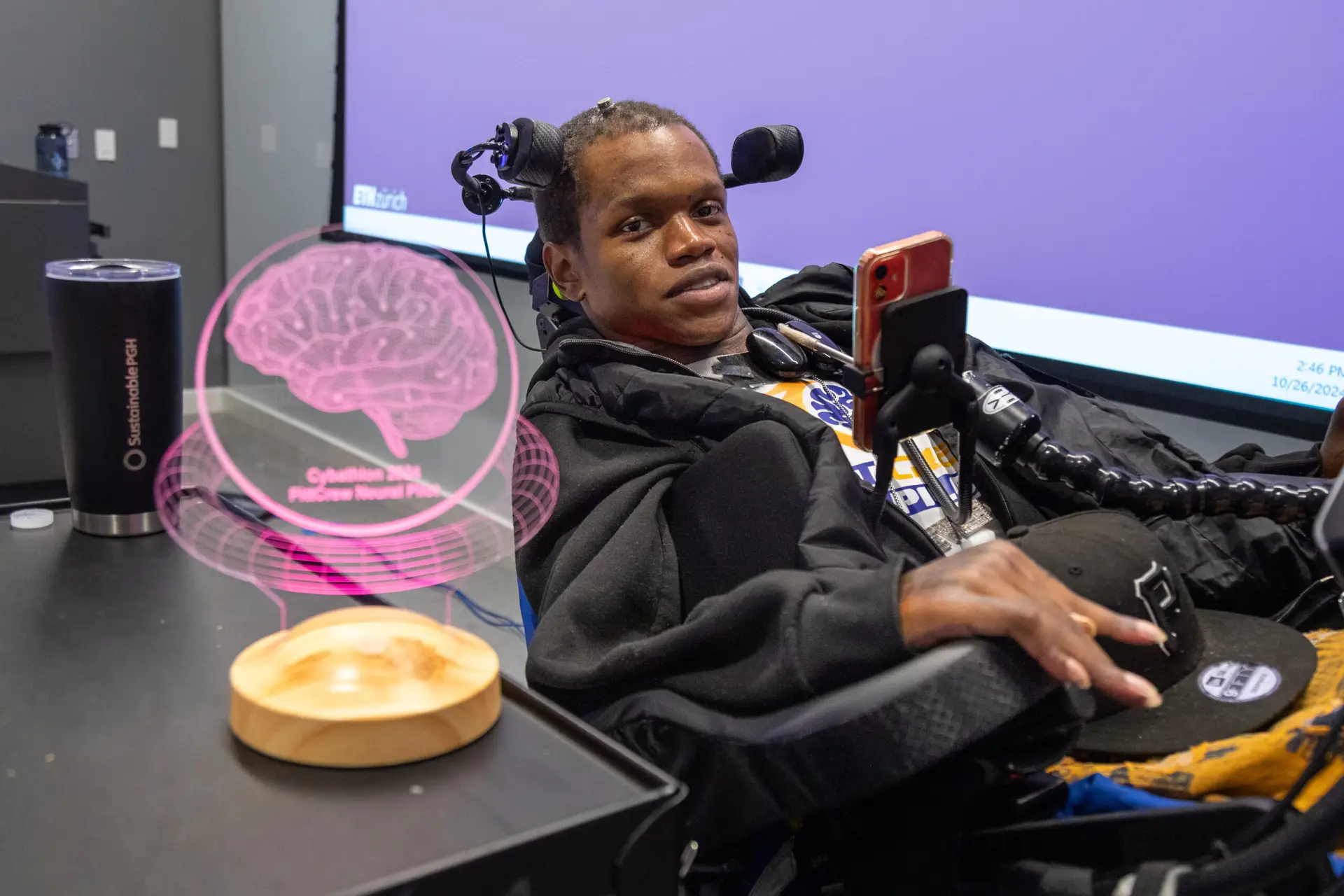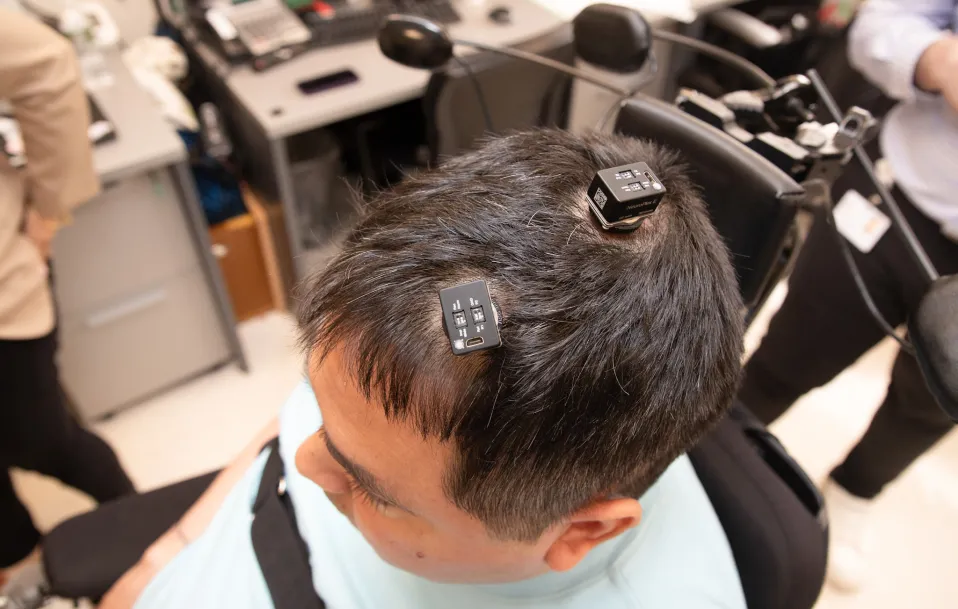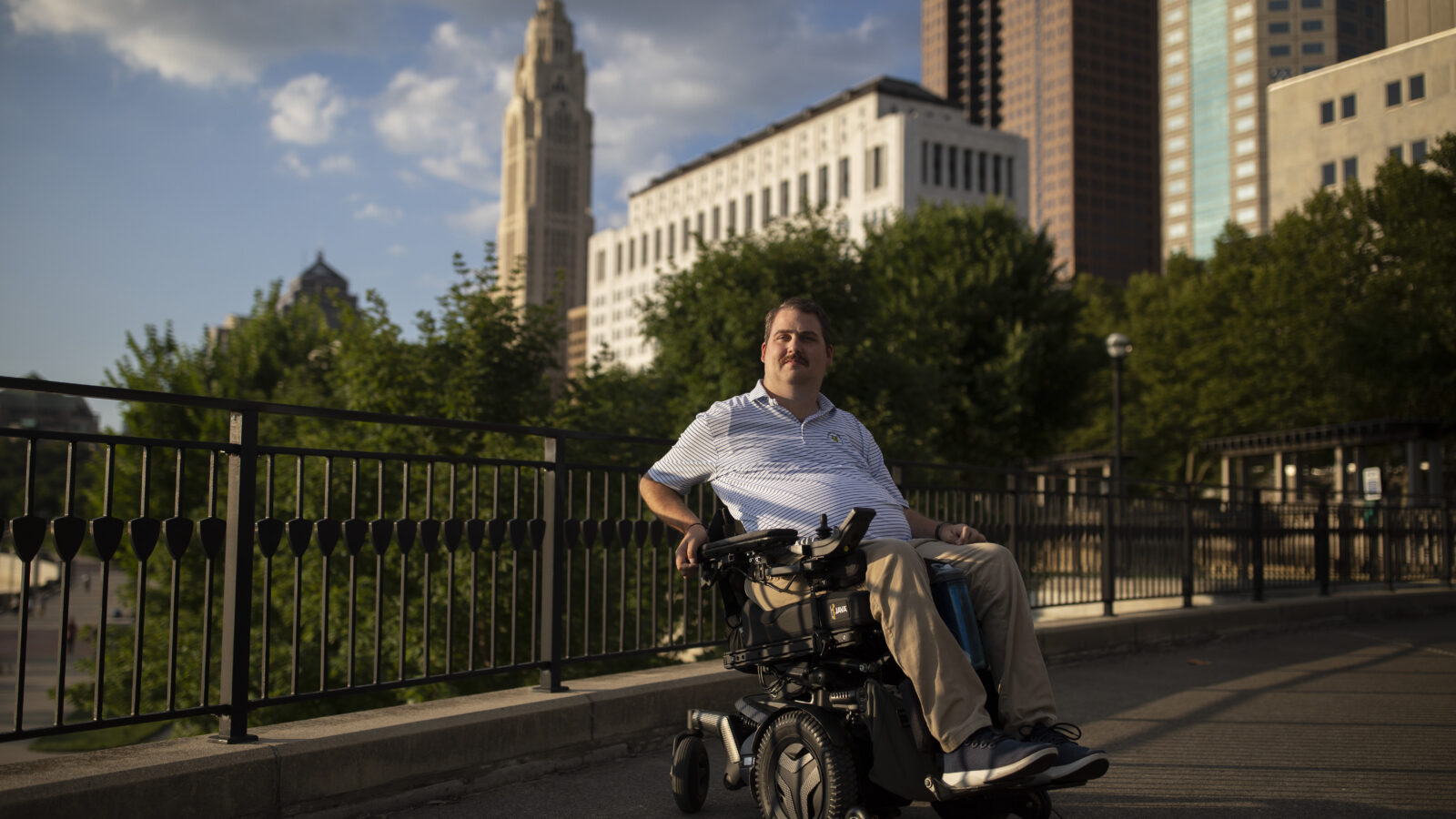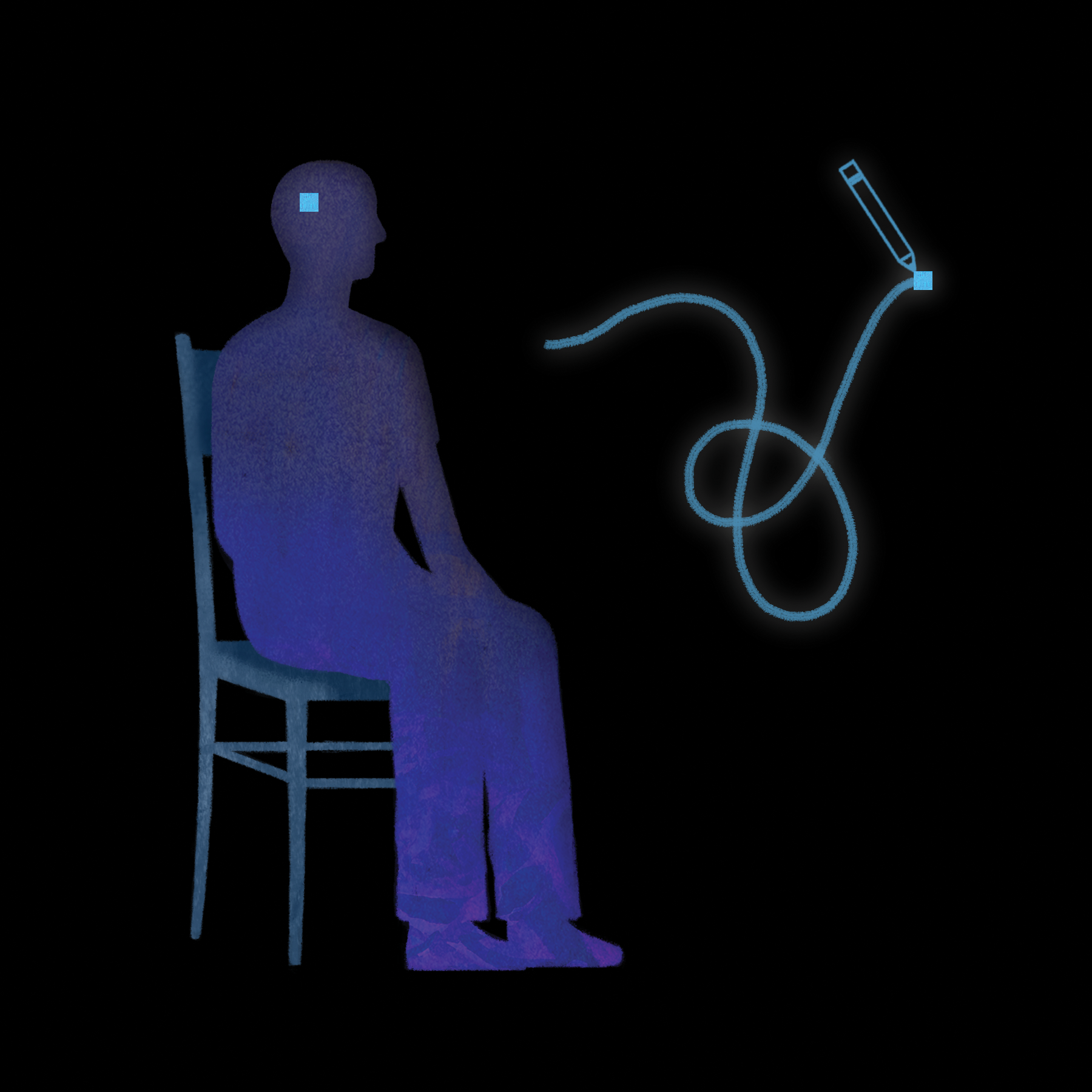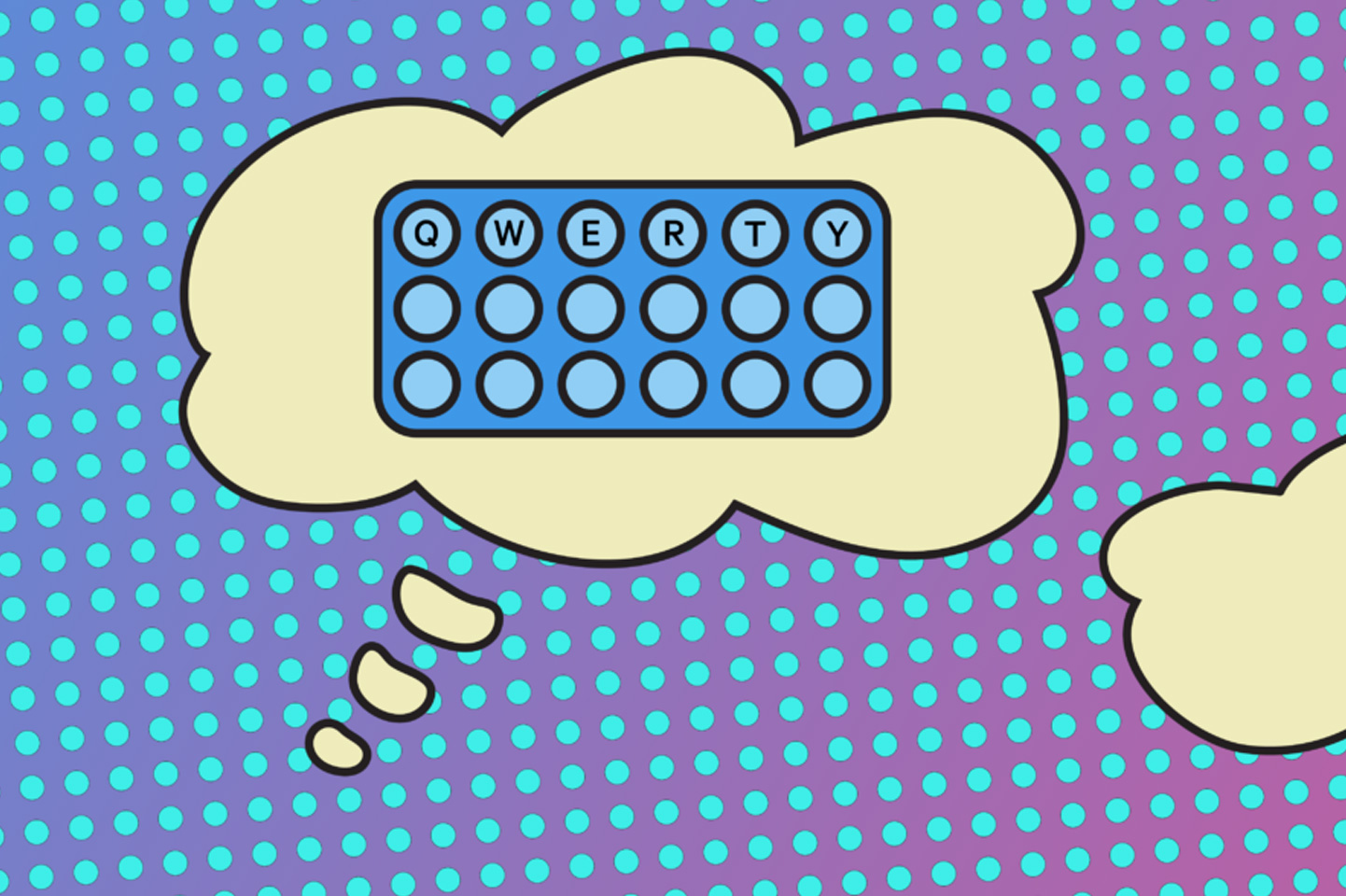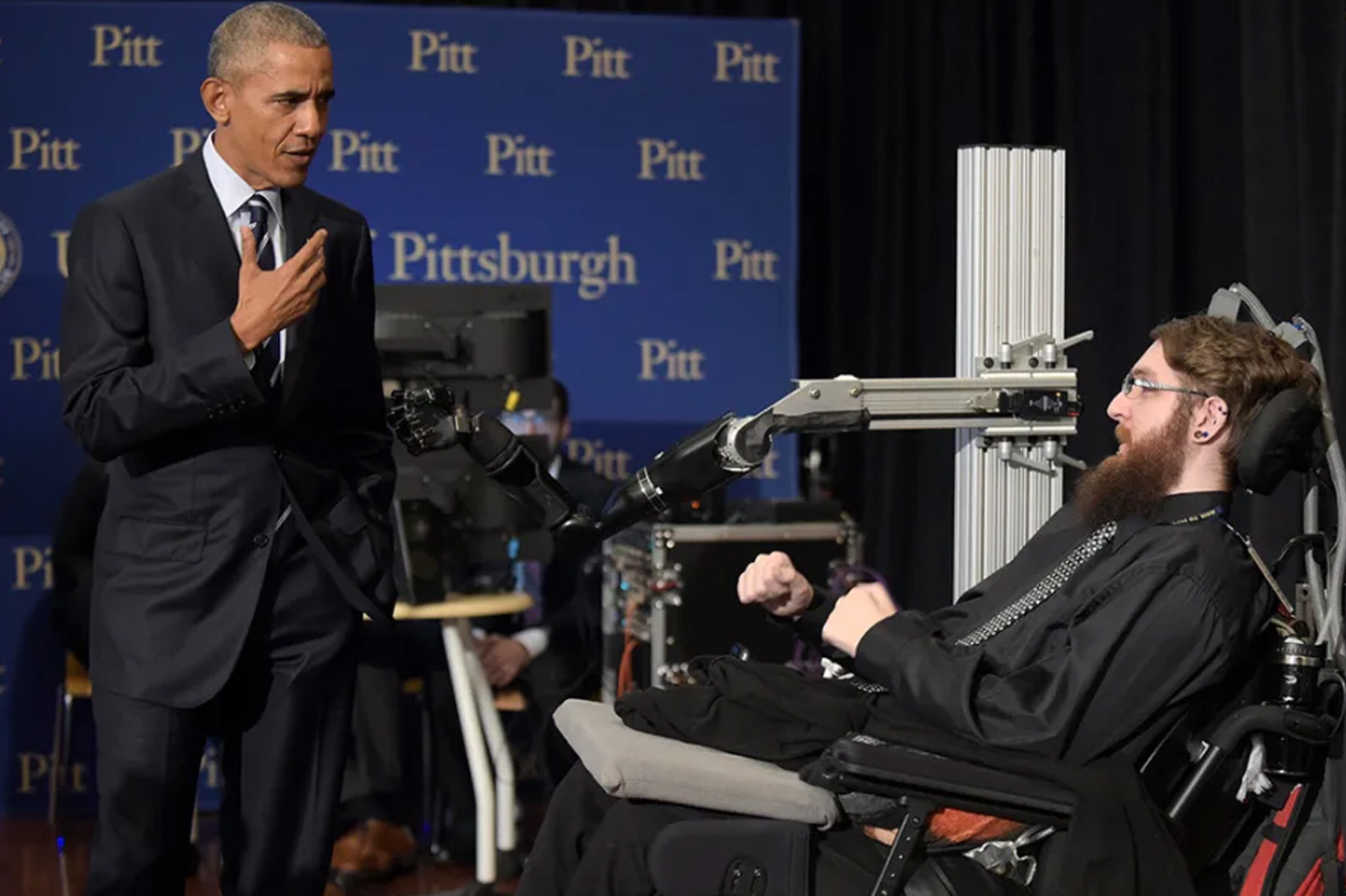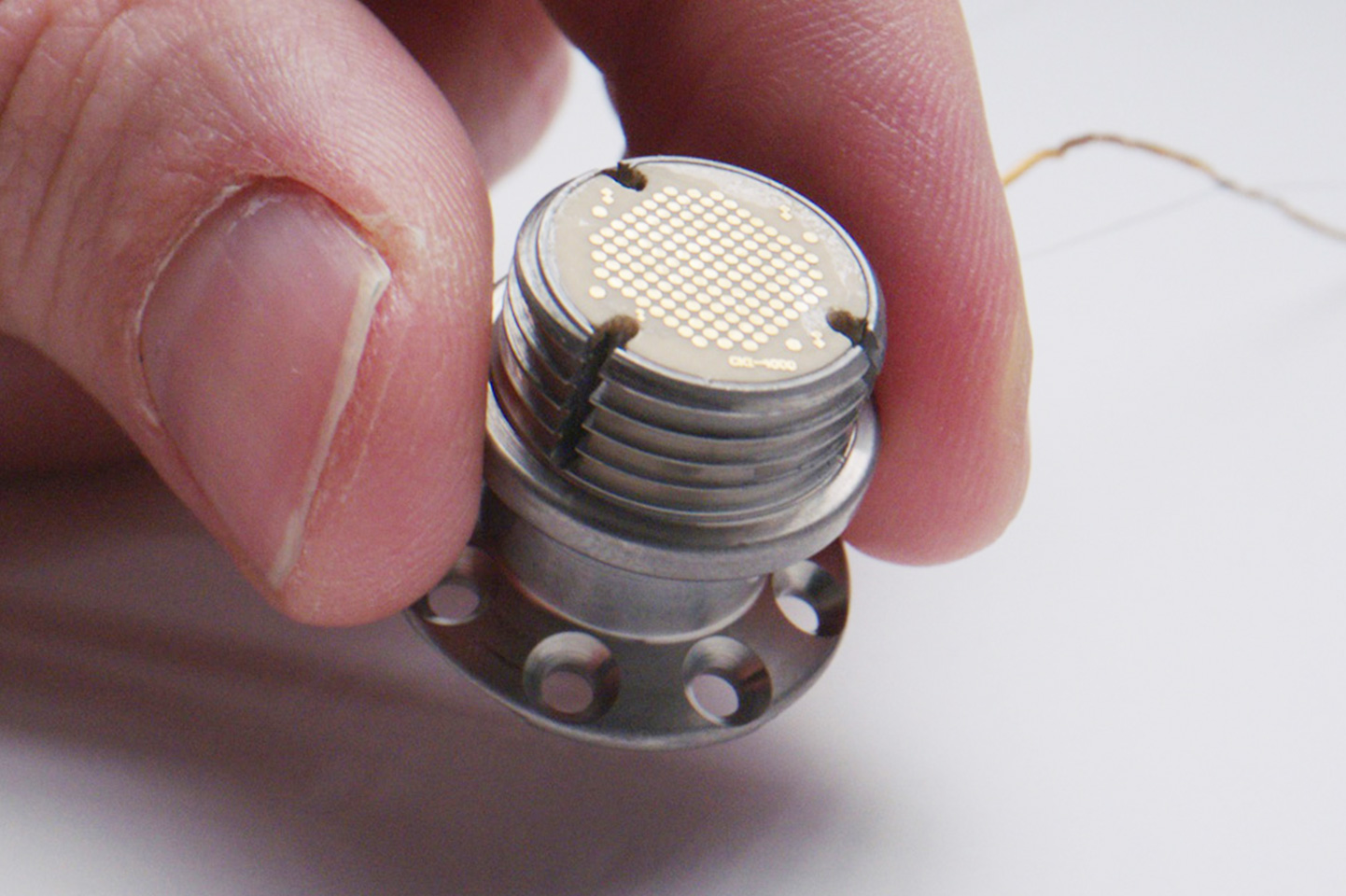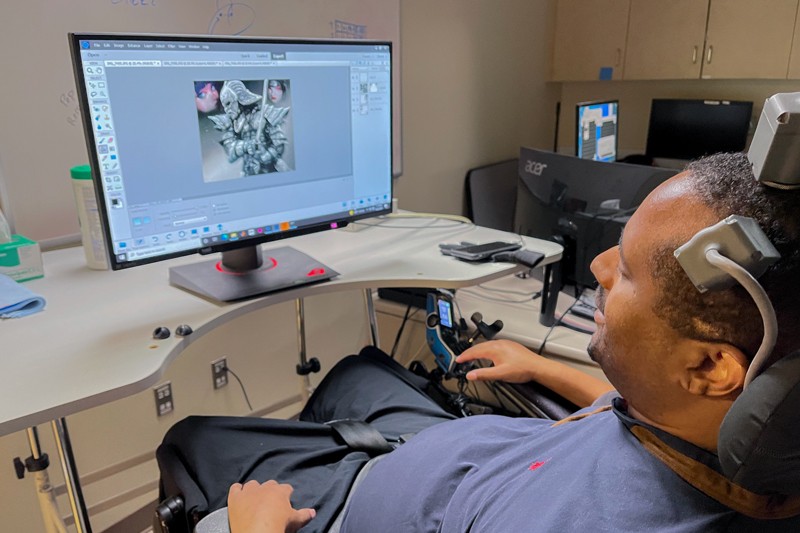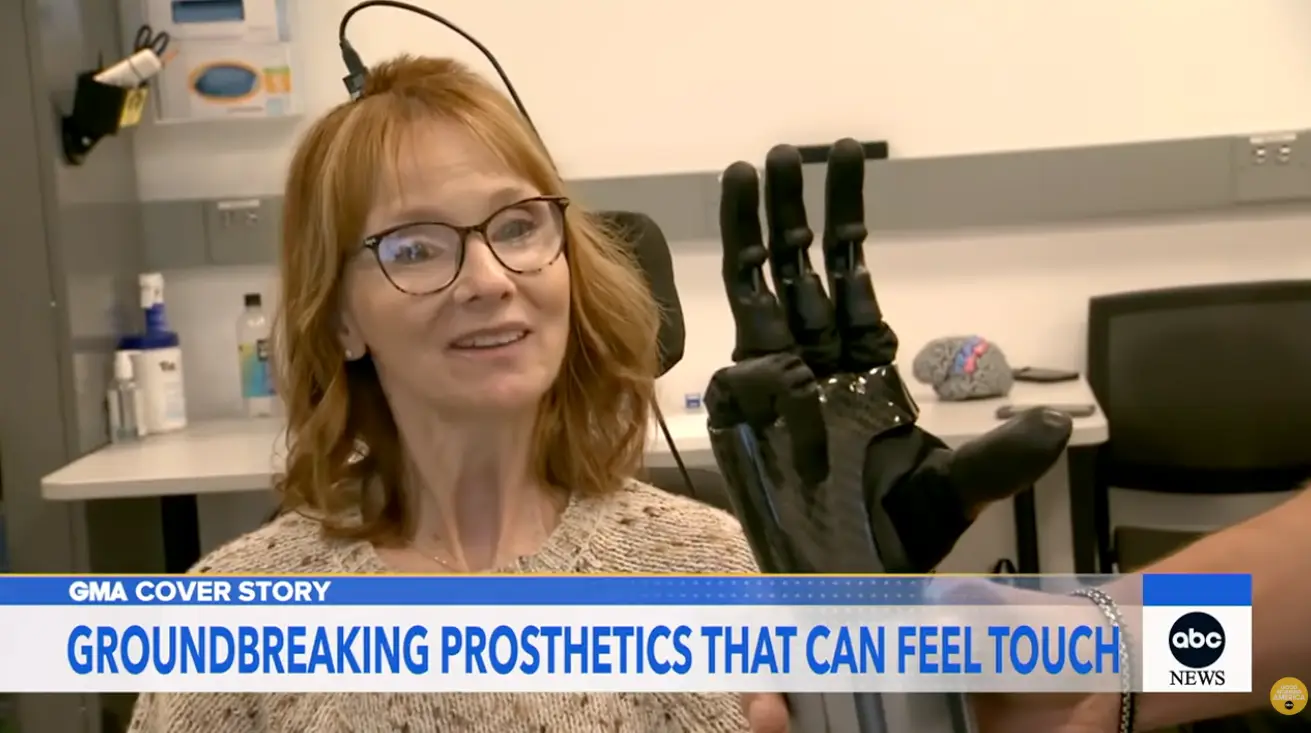
Groundbreaking BCI Restores Movement and Touch at University of Pittsburgh
Discover the inspiring journey of Ian Burkhart, founder of the BCI Pioneers Coalition, named to MIT Technology Review’s 2025 Innovators Under 35 list in Biotechnology. After a spinal cord injury, Ian regained his hand and arm function through groundbreaking brain-computer interface technology and led a movement empowering users to share experiences and advocate for patient-centered research. Join us in celebrating Ian’s recognition and the collective efforts of BCI users in shaping the future of neurotechnology.

